Sometimes tools we use every day become so second nature that we don’t consider their possibilities. Direct messaging (DM) is one such tool that our social media management experts believe businesses too often overlook when they are looking for newer or more effective ways to connect with their customers.
So here’s a quick introduction to direct messaging, along with a few ways it can help you grow your business, and tips to help you get the most from it.
What is DM?
A direct message (DM) is a way to send a private, instant communication to another person on social media. It is visible only to the sender and the recipient, much like an old-fashioned phone call.
And like a phone call, it’s a good way to build a relationship with the recipient. Also sometimes referred to as a private message (PM), DMs originated on Twitter, but the capability is now available on numerous online social media platforms, including Facebook and Instagram.
There may a few restrictions on how you can use DMs, depending on the platform:
- Facebook: Users must “like” a page before you’re allowed to send them a DM. In addition, Facebook requires businesses to respond to a customer’s DM within 24 hours to avoid being labeled as spam.
- Instagram: DMs can be sent to up to 15 people.
- Twitter: Users must “follow” an account before they can send a DM. DMs can be sent up to 50 people.
Ways to use DMs for marketing
Because DMs are messages to specific individuals rather than large groups of people as with social media, you need to think a bit differently about them. They obviously can’t be used to contact your entire fan base. But you can use them to:
- give customers another way to reach you besides phone or email
- provide customer support
- send or receive sensitive information
- resolve customer complaints privately
- reward certain followers with exclusive offers
- connect with micro-influencers and brand ambassadors
- provide business updates
- build stronger relationships with important customers
Although it can be time-consuming to create individual DMs, we recommend you choose that route rather than automating your messaging. Generic DMs defeats the purpose of being able to interact with your customers individually. They also risk being perceived as spam and annoying people, which is exactly the opposite of what you’re trying to achieve.
That doesn’t mean you can’t use chatbots to help customers find answers to their questions, however. One survey, in fact, found that 73 percent of customers prefer chatbots or live chat options to resolve issues, as opposed to 61 percent who preferred email, and 44 percent who preferred phone conversations.
Some tips for effective DM
- The advantage of a DM is its immediacy, so be sure to respond promptly to your customer’s queries. At the very least, send a DM to let them know you’re researching their problem or question. Don’t leave them hanging.
- DMs can be short, but again, should never be automated or seem “canned” if you hope to get a response.
- Don’t DM someone out of the blue. Be sure you’ve laid the groundwork by engaging with them on the platform(s) you’re using by first following, retweeting, liking, or commenting on their page.
- Ask for reviews or testimonials. The big companies do it when you buy from them, so why not you? People may like a product or service they’ve bought from you, but just don’t think to do a review. A quick DM can prompt them to do so.
- Likewise, if you’ve successfully resolved a problem for a customer, especially if they’ve left a negative review on social media, ask (nicely) if they’ll provide that update to their earlier review.
- Use DM promotions sparingly. Remember, you’re trying to build a relationship with people, not overwhelm them with ads.
- If you’re sending customers DMs and they don’t respond, don’t keep sending them. Take the hint that they’re not interested or have other things on their plate to deal with.
- “Give to get” is a cardinal rule in all successful businesses. If someone leaves a complimentary comment on your social media site, send them a quick DM to thank them, and offer them a private discount or special offer. If you see they’re having a problem or asking a question that doesn’t necessarily pertain to your business, send them a solution if you can: a link to a website that might solve their problem, for example.
Our social media management experts can help you get the most from your DMs, so be sure to contact us today for more ideas on ways to use this effective but often-neglected marketing tool.

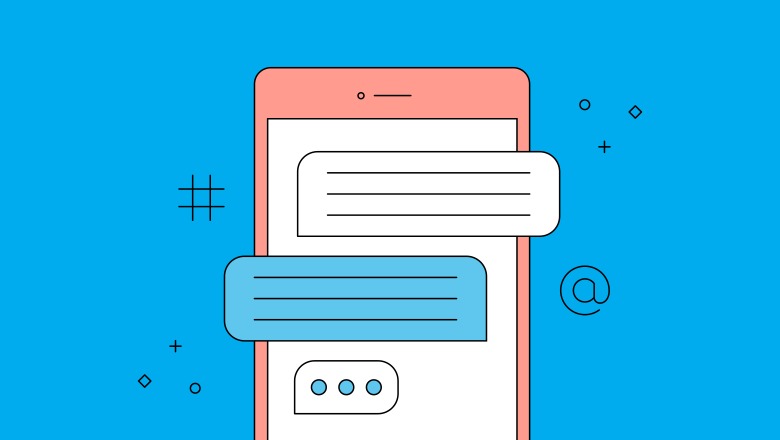
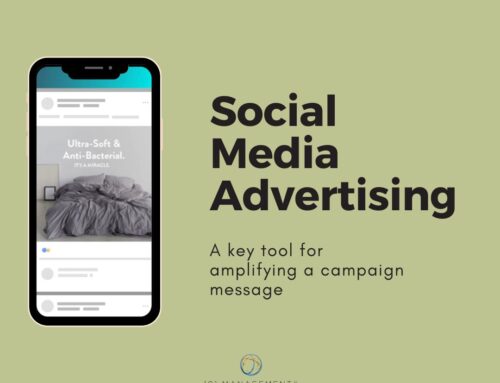
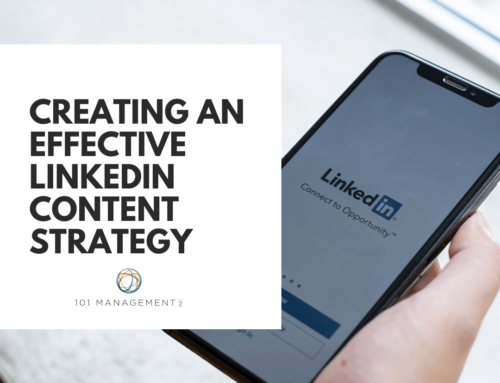
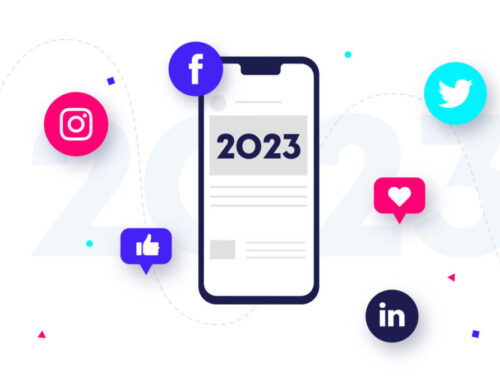



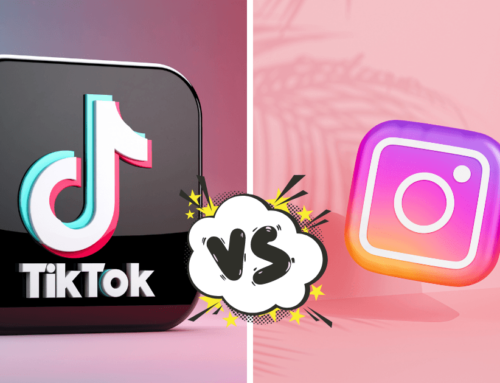

Leave A Comment